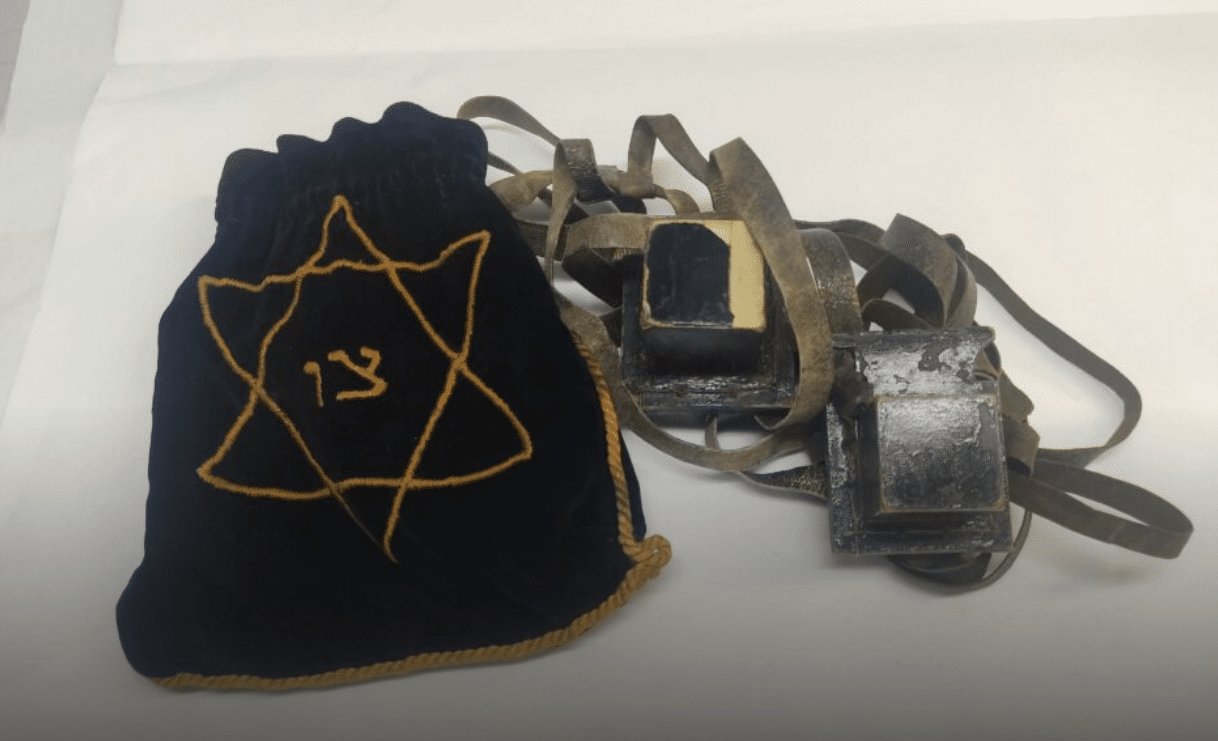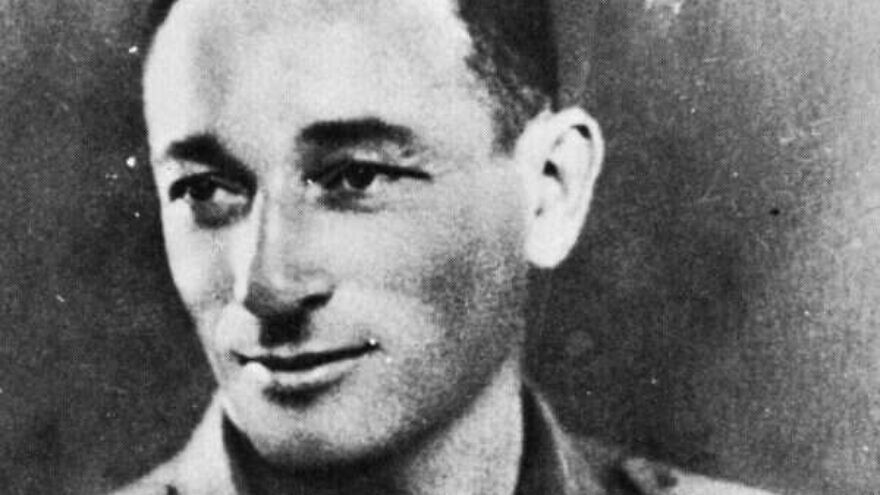Decades after they were lost, the tefillin (phylacteries) of Irgun fighter Dov Gruner, who was hanged by the British in 1947 after being caught during a raid on the Ramat Gan police station, are going on display in a new exhibition at the Menachem Begin Heritage Center in Jerusalem.
“When we set began work on the Begin Center in the year 2000, we received a lot of archival material that had been stored for years at the Jabotinsky Institute, where all sorts of souvenirs that Menachem Begin had received and personal objects that he collected were stored,” said Rami Stavi of the Begin Center.
“Even back then, there was a hint that the tefillin belonged to one of the Olei Hagardom [the 12 Jewish pre-independence fighters from the Irgun and Lehi executed by British mandatory authorities]. I asked Begin’s mythological aide, Yehiel Kadishai, and he said he thought it belonged to one of the Olei Hagardom but he had no idea to whom,” he said.

The years went by, until one day when Stavi was researching the origin of a different item he came across a newspaper clipping that revealed the whole story. The article, published in February 1978, recounted how on the day Gruner set out on his final operation, he left a few items at the home of his friend Binyamin Arenfeld. Most were returned to his family, but the tefillin remained at Arenfeld’s house.
“Gruner was a frequent visitor to our house,” she said in the article. “On the day he went out on his final operation, he ate with my parents at our house in Tel Aviv. And then he left without saying where he was going. He never returned from that operation.”
In addition to the tefillin, Arenfeld’s daughter also gave Begin two postcards Bruner had written in Hungarian.
This article first appeared in Israel Hayom.



























Very significant . He was religious and died for Israel yet to be named .